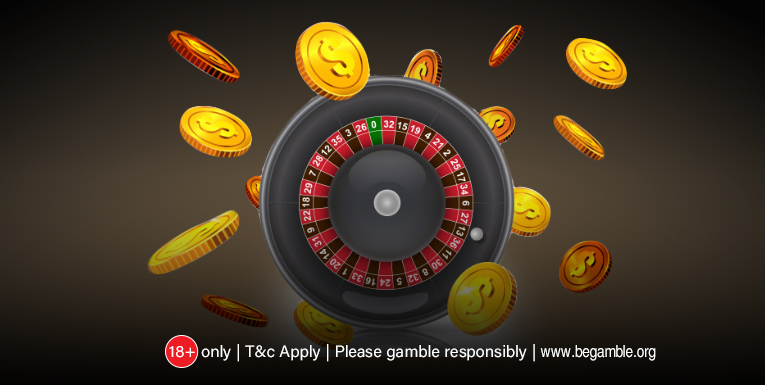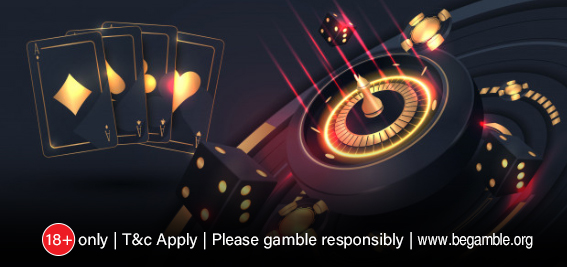
Roulette is purely a game of luck. In most circumstances, it depends upon the player’s luck and how much he can predict about his odds. However, there are multiple superstitions that include rigging the Roulette wheel, biasing the table, and so on. Here in this article, a brief is given about the only mathematical equation used in Roulette spins, that is a probability.
The Probability Equation
The general formula of probability is applicable in Roulette. It involves dividing the number of favourable outcomes by the number of total outcomes. It is important to understand that all outcomes are independent, and the result of the previous spin has absolutely no effect on the upcoming one.

What is Gambler’s fallacy?
A lot of people are under the notion that in Roulette, the outcome of the next spin is affected somehow by the outcome of the previous ones. For example, if the ball lands on any number of black colour for a few times in a row, people prefer to place their bet on red because getting the same colour in multiple Roulettes spins consecutively is unlikely.
This is popularly known as Gambler’s fallacy, also called Monte Carlo fallacy. It is a misconception that is a particular thing happens a lot during a given period; it will happen a lot lesser in the future. Similarly, in the case of Roulette, people assume that if the ball has landed on a certain colour for multiple times in a row, it won’t land on the same colour in the next spin.
Although yes, such an event is rare. When you place that bet on a particular colour after the first few roulettes spin,
Are the chances 50-50?
Two different types of Roulette wheels are used in practice; an American Roulette wheel and a European Roulette wheel.
An American Roulette wheel has 38 possible results. Out of those, 18 are black, 18 are red, and 2 are green – the 0 and 00. A European roulette wheel only has 37 possible results, though, because only one zero exists there.
The chances of getting any colour in a spin can be calculated using a simple formula of probability. The favourable or selected outcome, in this case, which is either black or red is to be divided by the total possible outcomes. Out of 37 or 38 total outcomes depending upon the wheel, black and red both have 18 outcomes.
18/37 is the same as 48.65%. 18/38 is the same as 47.36%. This implies that your chances of winning the bet are not even completely 50%. It wouldn’t matter what the previous results were because each spin is independent.
Raising and Lowering Bets
Certain players raise or lower their bets according to the progression of their game. One of the famous systems that advocate the increase and reduction in bet amount is the Martingale system. According to it, if you lose a bet, you are supposed to double the amount of the bet in the next spin. This is to be done until you win. This system is not trustworthy at all. Because as the stakes increase, your chance of losing also goes higher.
For example, if you’re betting 10 dollars in the first round and you lose that, you double your bet to 20 dollars. In this case, you actually win only 10 dollars because 20 dollars are your own and other 10 is considered as a recovered loss. Let’s replace this amount of10 dollars with a higher amount, say one thousand dollars. Under such a scenario, the stakes might get so high that either cannot afford to bet anymore, or you don’t have the required chips than and there. If there is a maximum limit of bets on a table, this system fails there. A lot of people purely change their bet amount based on the progression of the game.
Besides the above-given beliefs, certain people also believe that a Roulette wheel can be rigged by using magnets. By using a ball made of metal and attach magnets inside the wheel, it can be released whenever the opposite person wishes. However, this is also irrelevant. If the ball is of heavy metal, it won’t change positions among the numbers on the table and would remain stuck in the same block. If not, then there are no magnetics chips inserted in the cavities of the numbers that can attract the metal in the ball.